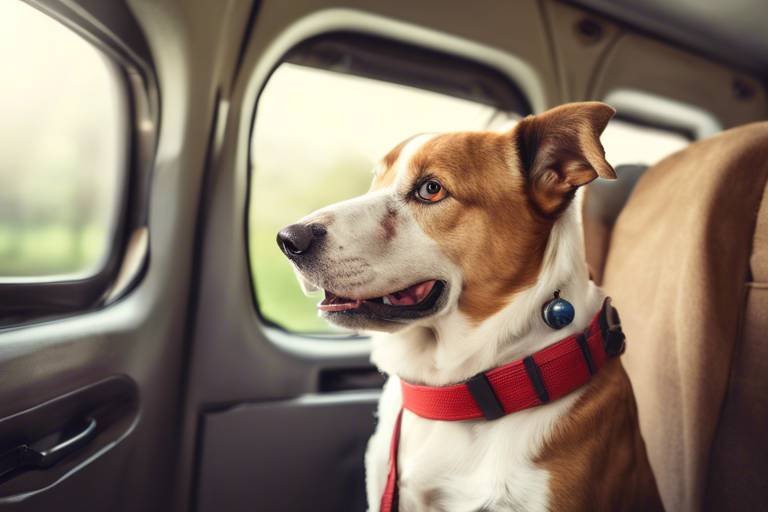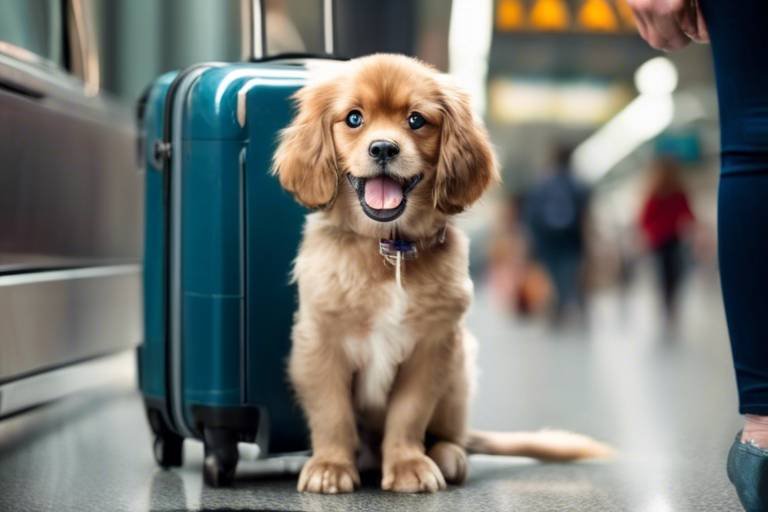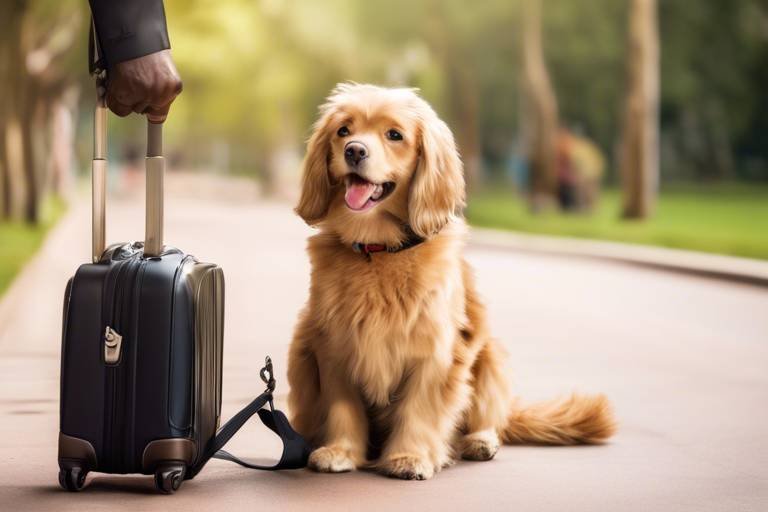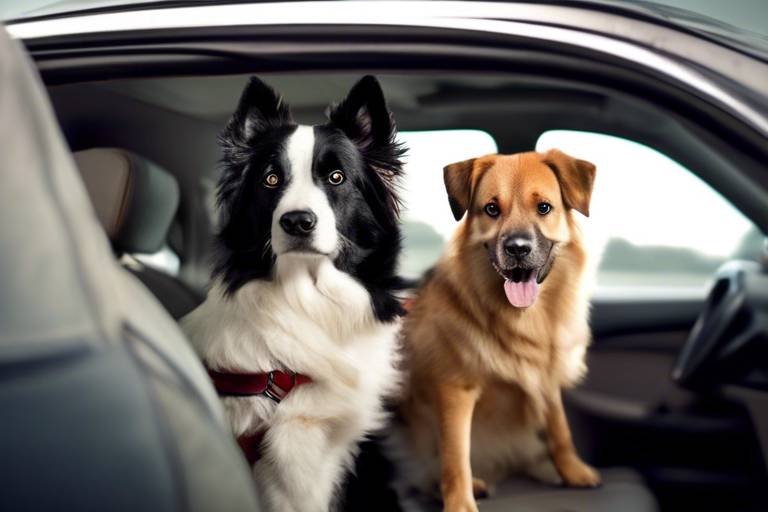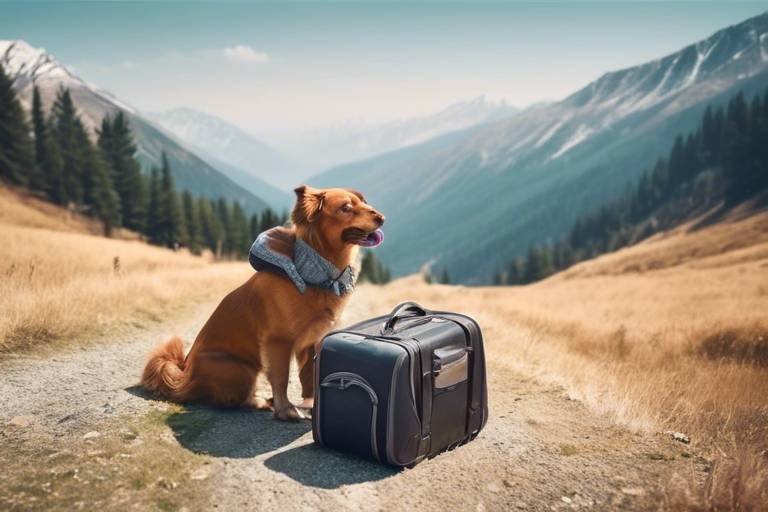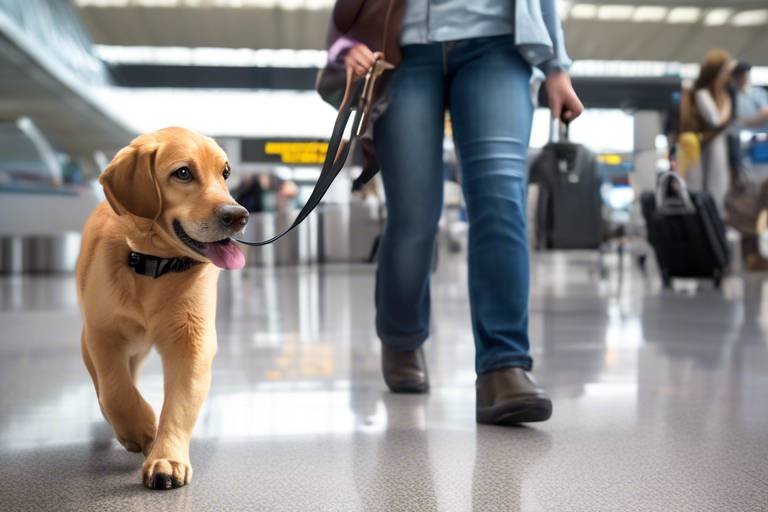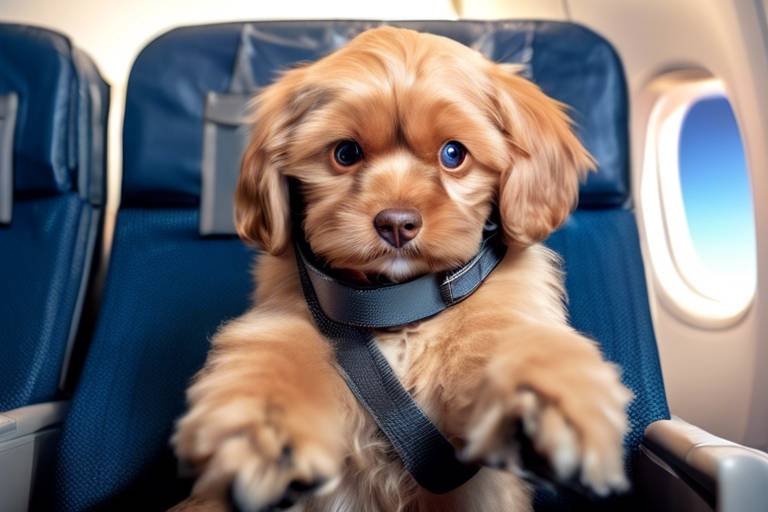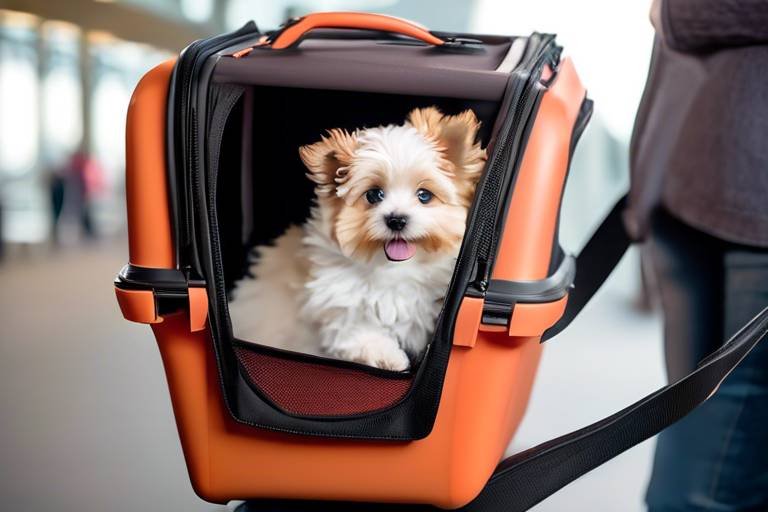Tips for Traveling with Cats in Cars
Traveling with your furry friend can be an exciting adventure, but it can also come with its own set of challenges. If you've ever tried to take your cat on a car ride, you know that the experience can be a bit unpredictable. Cats are creatures of habit, and a sudden change in their environment can lead to stress. However, with the right preparation and mindset, you can ensure a smooth journey for both you and your feline companion. In this article, we will explore essential tips and strategies that will help you navigate the open road with your cat, ensuring their safety, comfort, and reducing any stress along the way.
Before you even think about hitting the road, it’s crucial to understand your cat’s temperament. Is your cat a curious explorer or a timid homebody? Recognizing this will help you tailor your approach. Start by gradually acclimating your cat to the car environment. Begin with short trips around the block, allowing your cat to explore the car while it’s parked. You can create a positive association with the car by rewarding them with treats or playtime after each successful outing. Remember, patience is key! Just like a child, some cats may take longer to adapt than others, so be sure to take it slow and keep the experience as positive as possible.
When it comes to traveling with cats, the carrier is your best friend. Selecting a suitable carrier is crucial for your cat's safety and comfort. Look for carriers that are well-ventilated, secure, and spacious enough for your cat to stand and turn around comfortably. There are various types of carriers available, including soft-sided, hard-sided, and backpack-style carriers. Each has its own pros and cons. Soft-sided carriers are often more comfortable and easier to store, while hard-sided carriers provide more protection. Whichever you choose, make sure it has a sturdy latch and is easy for you to handle. Remember, your cat’s comfort during the journey starts with a good carrier!
Packing the right items can make a world of difference in ensuring your cat's needs are met during travel. Think of it as preparing for a mini-vacation! Here are some essentials to consider bringing along:
- Food and Water: Always have enough cat food and a portable water bowl.
- Litter Box: A travel litter box can be a lifesaver during long trips.
- Toys and Comfort Items: Bring along your cat's favorite toys or a blanket to provide comfort.
- First Aid Kit: It’s wise to have a basic first aid kit handy for any emergencies.
By packing thoughtfully, you can ensure your cat has everything they need to feel secure and relaxed during the journey.
Travel can be a stressful experience for cats, but there are several techniques you can use to help reduce their anxiety. Consider using calming products such as pheromone sprays or anxiety wraps. These products can create a soothing environment that helps your cat feel more at ease. Additionally, bringing familiar items from home, like a favorite blanket or toy, can provide comfort during the trip. Remember, your cat can pick up on your emotions, so staying calm and relaxed will help them feel more secure.
Keeping your cat well-fed and hydrated during travel is vital. It’s best to stick to your cat’s usual feeding schedule, but you may need to adjust it slightly depending on your travel plans. If you’re traveling for several hours, consider offering small meals instead of one large meal to avoid motion sickness. Always carry fresh water and a portable bowl to keep your cat hydrated. You can also offer ice cubes in the bowl if your cat prefers, as this can be a fun way for them to stay cool and hydrated.
Frequent breaks are essential during long trips. Just like us, cats need to stretch their legs and relieve themselves. Plan to stop every couple of hours to give your cat a chance to get out of the carrier and explore a safe area. If possible, find a quiet spot where you can let your cat stretch and walk around on a leash. This will not only help your cat feel more comfortable but also give you a chance to check on their well-being.
Safety should always be a priority when traveling with your cat. Ensure that your cat is securely fastened in their carrier during the drive. It’s important to never let your cat roam freely in the car, as this can be dangerous for both you and your pet. Additionally, consider using a pet seatbelt or harness if your cat is comfortable with it. Always keep the windows closed to prevent your cat from jumping out, and never leave your cat alone in the car, especially in hot weather.
Some cats may experience motion sickness during car rides, which can be distressing for both of you. Look for signs of car sickness, such as excessive drooling, vomiting, or restlessness. If you notice these symptoms, try to keep your cat's gaze fixed on a stable point in the car, like the horizon. You can also consult your veterinarian for advice on medications that may help alleviate motion sickness. Remember, a little preparation can go a long way in making your journey more pleasant!
After the journey, your cat may need some extra care to help them adjust back home. Give them some time to settle in and explore their environment. They might be a bit disoriented or tired, so ensure they have a quiet space to relax. Providing fresh food and water will help them rehydrate and regain their energy. Additionally, keep an eye on their behavior for a few days after the trip to ensure they’re back to their usual selves.
Q: How can I tell if my cat is stressed during travel?
A: Signs of stress can include excessive meowing, panting, hiding, or attempts to escape the carrier. Pay attention to your cat’s body language.
Q: Should I feed my cat before a long car trip?
A: It’s best to feed your cat a small meal a few hours before the journey to avoid motion sickness. Avoid feeding them right before the trip.
Q: Can I let my cat roam in the car?
A: No, it’s not safe to let your cat roam in the car. Always keep them in a secure carrier to prevent distractions while driving.
Q: How can I help my cat feel more comfortable in the carrier?
A: Introduce the carrier at home before the trip. Make it a cozy space with blankets and toys, and reward your cat for going inside.
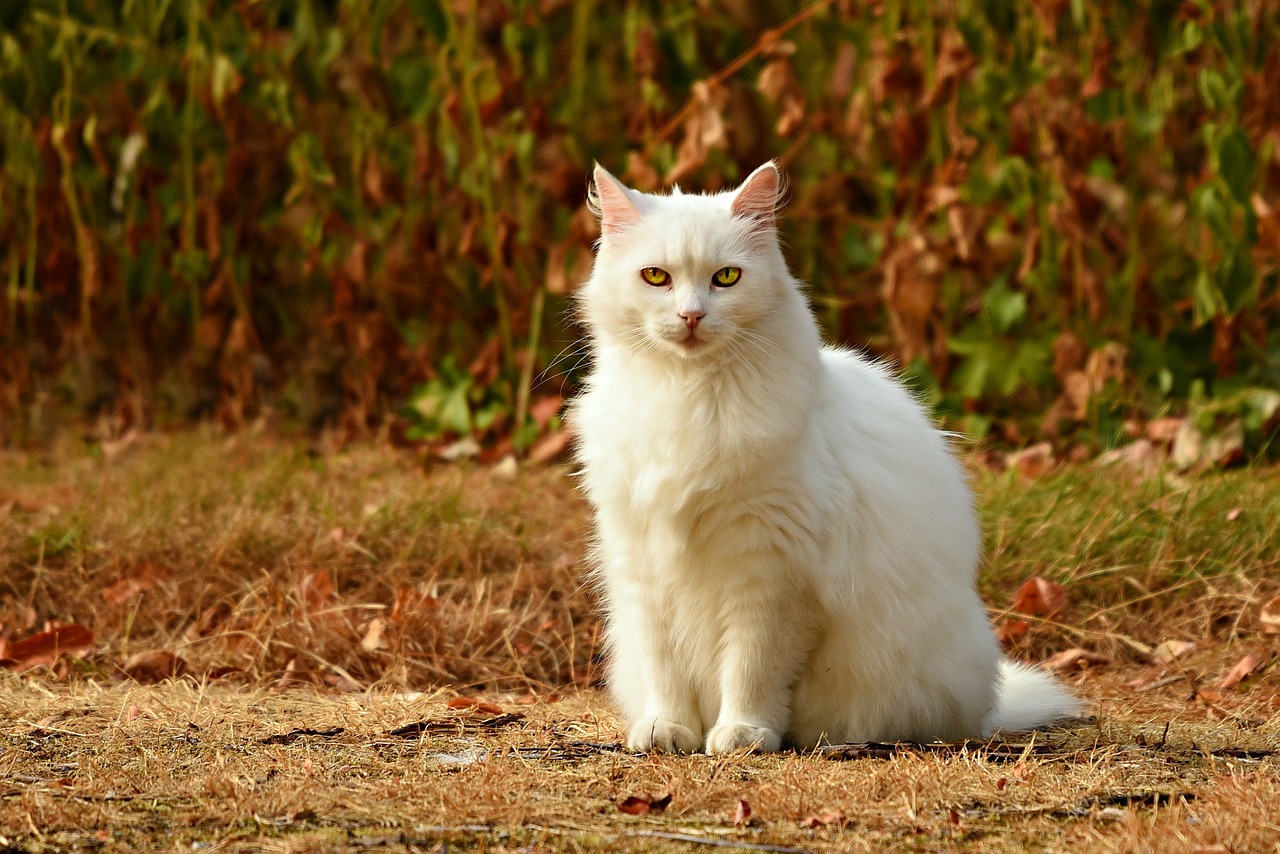
Preparing Your Cat for Travel
Traveling with your feline friend can be a delightful adventure, but it requires some preparation to ensure a smooth journey. First and foremost, it's essential to understand your cat's temperament. Some cats are natural explorers, while others may be more anxious and reserved. Start by allowing your cat to explore the car while it is stationary. This will help them become familiar with the new environment without the added stress of movement. You might even notice your cat curiously sniffing around, which is a good sign!
Gradually acclimating your cat to the car can make a world of difference. Consider taking short trips around the block. This not only exposes them to the car but also helps them associate it with positive experiences. You can reward them with treats or playtime after each short journey. Remember, the key is to make the car feel like a safe space rather than a source of anxiety.
Another effective method is to use a carrier that your cat is already familiar with. Leave the carrier open in your home for a few days, allowing your cat to explore it at their own pace. You can place their favorite blanket or a few toys inside to make it more inviting. This way, when it’s time for the actual trip, your cat will feel more at ease. In the table below, you can see some tips for acclimating your cat to the car:
| Tip | Description |
|---|---|
| Familiarization | Allow your cat to explore the car while it’s stationary. |
| Short Trips | Take your cat on brief rides to build comfort. |
| Carrier Comfort | Make the carrier a familiar space with toys and blankets. |
| Positive Reinforcement | Reward your cat with treats after each trip. |
Additionally, consider your cat’s health before embarking on a journey. A visit to the vet can help ensure your cat is fit for travel. Some cats may require a mild sedative if they are particularly anxious. Always consult your veterinarian for the best options tailored to your cat’s needs. Also, don’t forget to pack any medications your cat may need during the trip.
Lastly, keep in mind that the environment can significantly impact your cat's mood. Ensure the car is at a comfortable temperature and avoid loud music or sudden movements that could startle your furry companion. By taking these steps to prepare your cat for travel, you can create a more enjoyable experience for both of you. Remember, your goal is to make the journey as stress-free as possible, allowing you both to focus on the fun adventures ahead!
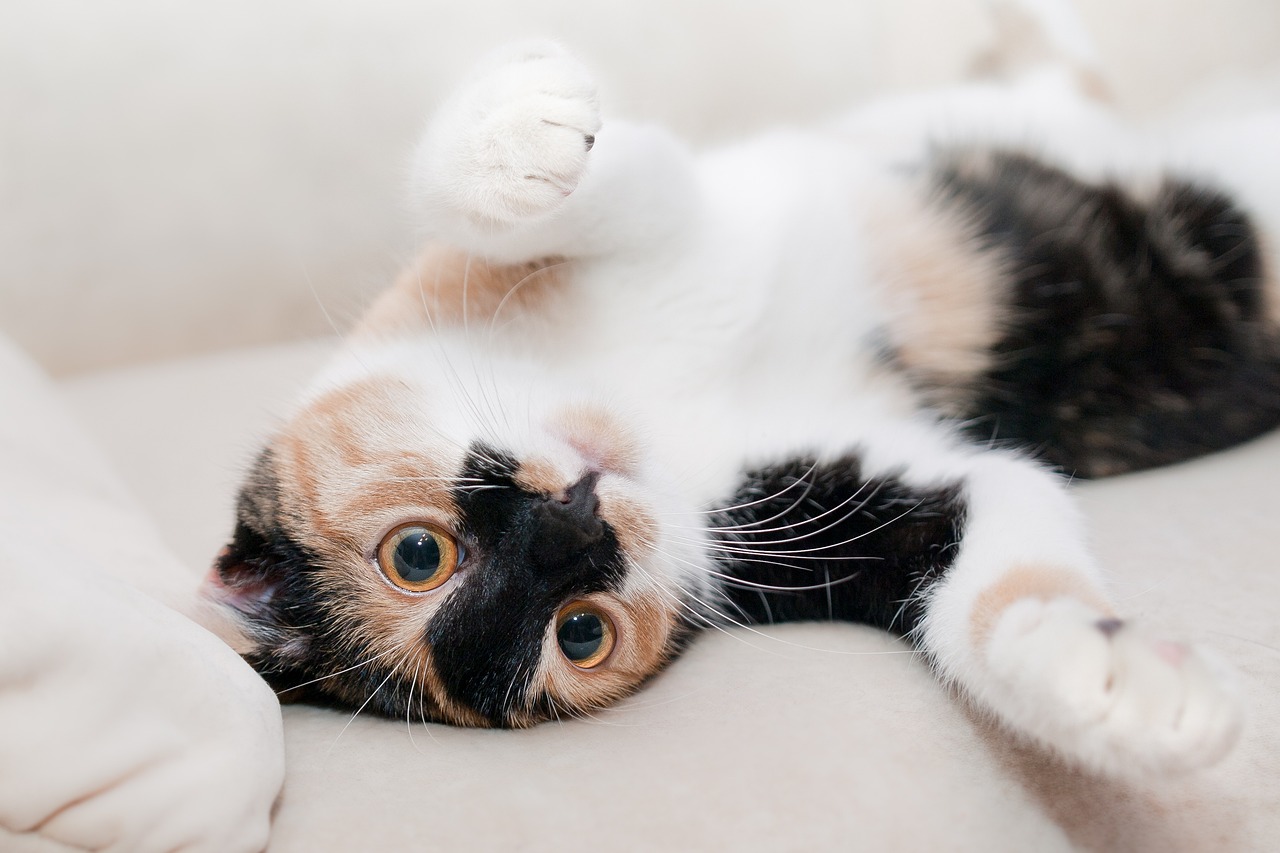
Choosing the Right Carrier
When it comes to traveling with your feline friend, is absolutely crucial. Think of the carrier as your cat's little sanctuary on wheels—it's where they will spend most of their time during the journey. A well-chosen carrier can not only ensure your cat's safety but also provide them with a sense of comfort and security. So, how do you select the perfect carrier? Let's dive into the details!
First and foremost, you need to consider the size of the carrier. It should be spacious enough for your cat to stand, turn around, and lie down comfortably. A cramped space can increase your cat's anxiety and make the trip feel much longer than it actually is. To give you an idea, here’s a simple table to help you determine the appropriate size based on your cat's weight:
| Weight of Cat | Recommended Carrier Size |
|---|---|
| Up to 10 lbs | Small (18” x 12” x 10”) |
| 10 - 15 lbs | Medium (24” x 16” x 14”) |
| 15 - 20 lbs | Large (30” x 20” x 20”) |
Next, think about the type of carrier. There are various options available, including hard-sided, soft-sided, and even backpack carriers. Each type has its own set of advantages:
- Hard-sided carriers are sturdy and provide great protection, making them ideal for long trips or air travel.
- Soft-sided carriers are lightweight and often more comfortable for your cat, plus they can fit under airline seats.
- Backpack carriers are perfect for adventurous pet owners who like to hike or explore with their cats.
Another important feature to consider is ventilation. Proper airflow is essential to keep your cat cool and calm during the journey. Look for carriers that have mesh panels or multiple ventilation openings. This not only helps with temperature control but also allows your cat to see outside, which can be comforting.
Don't forget about safety features! A secure locking mechanism is vital to prevent any accidental escapes. Additionally, consider carriers with safety straps that can be secured in the car, ensuring that your cat stays safe even during sudden stops. A carrier with a sturdy handle or shoulder strap can also make it easier for you to transport your cat without straining your back.
Lastly, remember that familiar scents can work wonders in keeping your cat calm. Before the trip, consider placing a blanket or a toy that smells like home inside the carrier. This simple trick can help your cat feel more at ease and reduce their anxiety about the unknown.
In summary, choosing the right carrier for your cat is all about ensuring their comfort, safety, and security during travel. Take the time to assess your options, consider your cat's personality, and pick a carrier that suits both of your needs. With the right carrier in tow, you and your furry friend will be ready to hit the road with confidence!
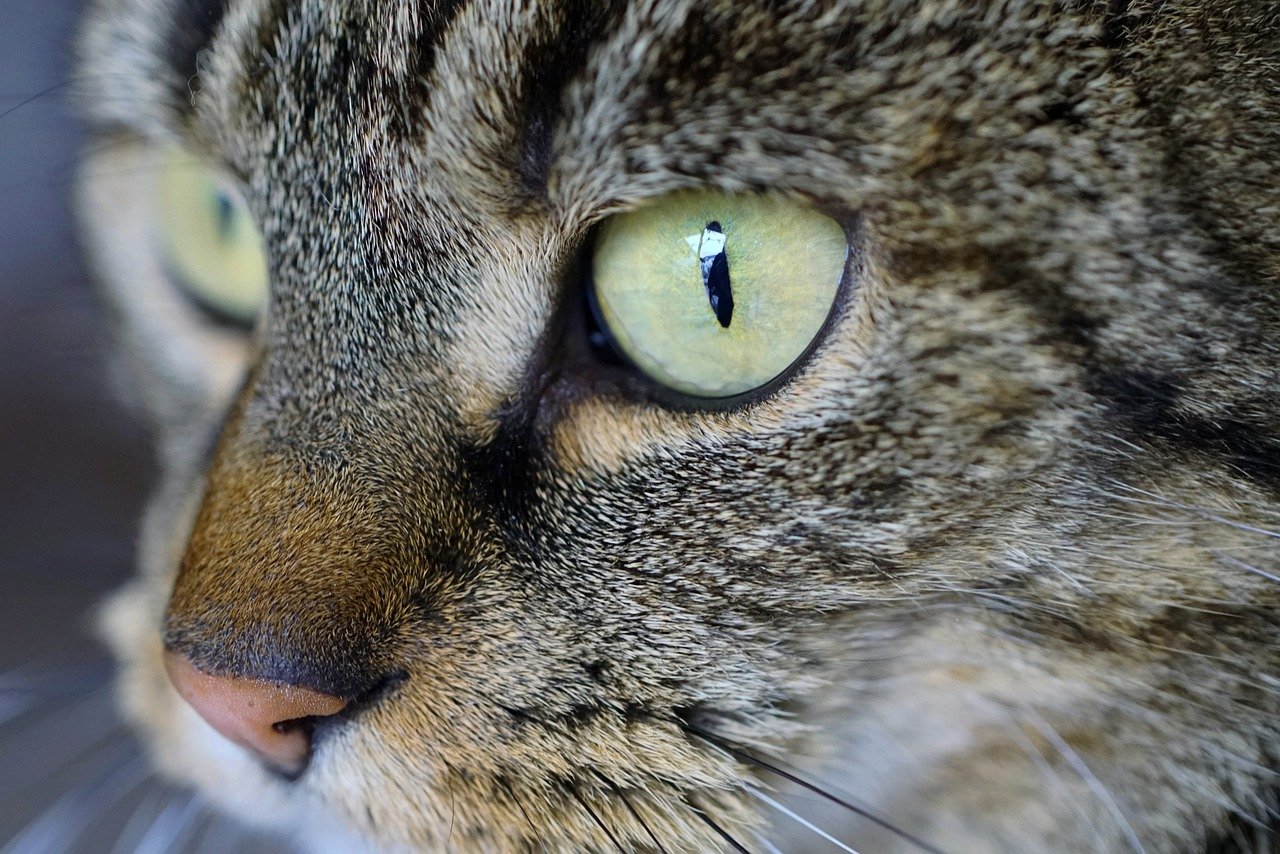
Essential Packing for the Trip
When it comes to traveling with your furry companion, packing the right items can make all the difference between a smooth journey and a chaotic one. It's not just about throwing a few treats in a bag; it's about ensuring that your cat's needs are met throughout the trip. Imagine embarking on a long road trip without your favorite snacks or a comfy pillow. Your cat deserves the same consideration! So, let's dive into what you should include in your travel kit to keep your feline friend happy and comfortable.
First and foremost, you'll want to include a travel carrier that’s both safe and cozy. This isn’t just a box; it’s your cat’s sanctuary on wheels. Make sure it’s well-ventilated and large enough for your cat to stand, turn around, and lie down comfortably. You can even line the bottom with a soft blanket or a piece of their favorite bedding to provide a sense of familiarity. Familiar smells can be incredibly soothing for cats during travel.
Next up, don't forget to pack a supply of food and water. Cats can be picky eaters, and the last thing you want is for them to refuse to eat during the journey. Bring along their regular food in a secure, spill-proof container. If you’re traveling for an extended period, consider packing some wet food as a treat or to entice them if they’re feeling nervous. For hydration, a collapsible water bowl is a fantastic choice; it’s lightweight, easy to store, and can be used anywhere.
Another essential item is a litter box. Yes, you read that right! A small, portable litter box can be a lifesaver, especially on long trips. You can find disposable options that are easy to set up and clean. Just like you would want to have a restroom break during a long drive, your cat will appreciate having a comfortable place to relieve themselves. Make sure to bring enough litter to keep it clean and fresh.
Additionally, consider packing some calming products if your cat tends to get anxious. This could be a calming spray, a favorite toy, or even a blanket that smells like home. These items can help create a calm environment and make the journey less stressful for your kitty.
Lastly, don’t forget to carry any necessary medications or health records, especially if your cat has specific health needs. It’s always wise to have a copy of their vaccination records and any medications they might need during the trip. You never know when you might need to visit a vet while on the road.
In summary, packing for a trip with your cat involves more than just the basics. Think about their comfort, safety, and emotional well-being. By ensuring you have all the essentials, you're setting the stage for a successful and enjoyable journey for both you and your feline friend.
Q: What should I pack for my cat when traveling?
A: Essential items include a travel carrier, food and water, a portable litter box, calming products, and any medications or health records.
Q: How can I make my cat comfortable during the trip?
A: Use familiar bedding, bring their favorite toys, and maintain a calm environment in the car.
Q: Is it necessary to take breaks during the journey?
A: Yes, frequent breaks allow your cat to stretch, relieve themselves, and reduce anxiety.
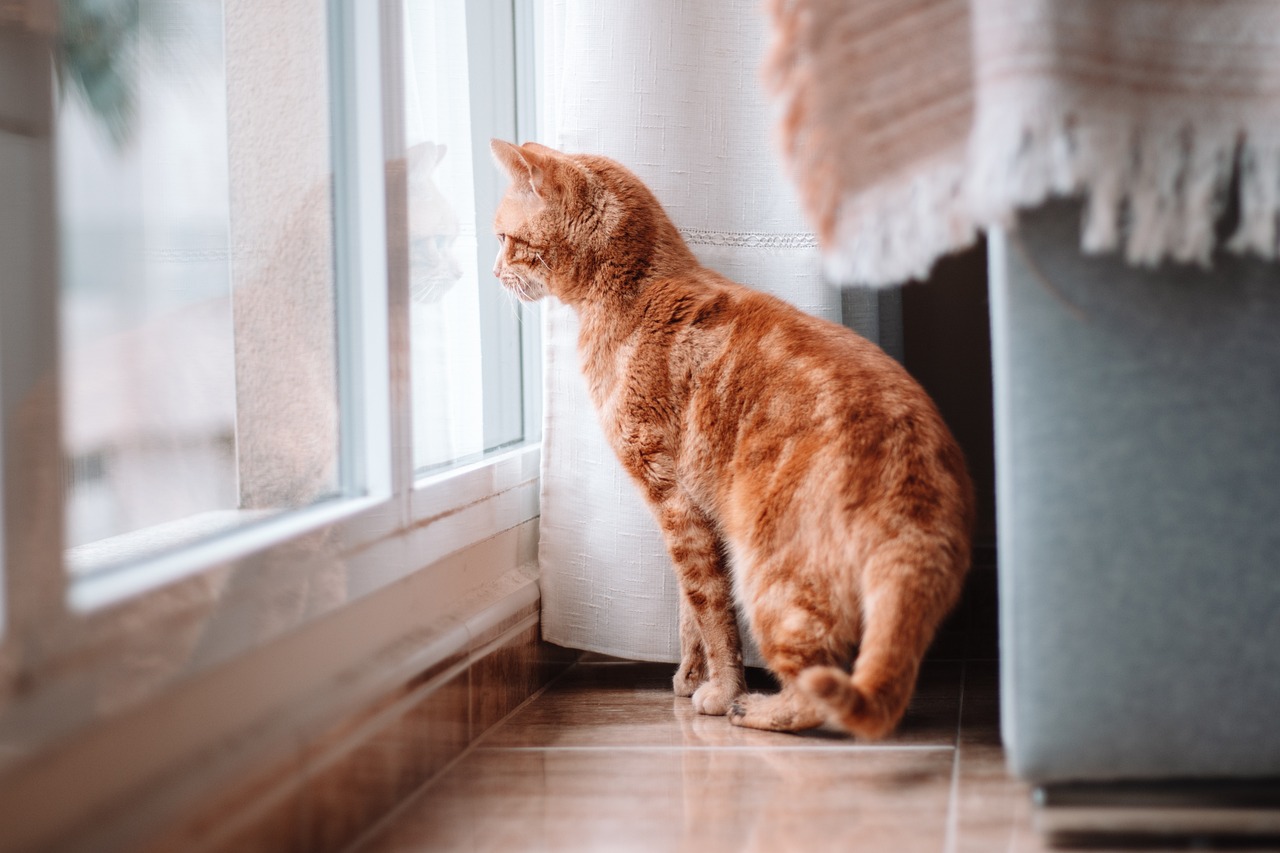
Managing Your Cat's Anxiety
Traveling can be a thrilling adventure for us humans, but for our feline friends, it often brings a wave of anxiety that can make the journey feel like a rollercoaster ride. Cats are creatures of habit, and any disruption to their routine can lead to stress. So, how can we help them feel more at ease during car trips? One effective approach is to create a calm environment in the car. Start by playing soft music or using a white noise machine to drown out the unfamiliar sounds of the road. This can be as soothing for your cat as a gentle lullaby is for a baby.
Another important aspect is to introduce your cat to the carrier before the trip. Allow them to explore it at home, maybe even placing their favorite blanket or toy inside. This way, they associate the carrier with comfort rather than confinement. You might even consider placing treats inside to encourage them to venture in. Gradually, they will come to see the carrier as a safe space, making the car ride less intimidating.
In addition, consider using calming products designed specifically for cats. There are various options available, such as pheromone sprays that mimic the natural calming scents of a mother cat, or calming collars infused with essential oils. These products can help ease anxiety during travel. However, it's essential to test these products at home before your trip to see how your cat reacts. Every cat is unique, and what works for one may not work for another.
Familiar items can also work wonders in reducing anxiety. Bringing along your cat's favorite blanket, toys, or even a piece of your clothing can provide them with a sense of security. The familiar scents can be comforting, much like a cozy hug from a loved one. Additionally, be mindful of the temperature in the car; make sure it's neither too hot nor too cold, as extreme temperatures can increase discomfort and anxiety levels.
Lastly, consider the timing of your trip. If your cat tends to be more anxious during certain times of the day, plan your journey accordingly. For instance, if your cat is a night owl, traveling during the evening might make them more relaxed. Pay attention to their behavior and try to align your travel schedule with their natural rhythms.
- What are the signs of anxiety in cats during travel? Look for behaviors such as excessive meowing, hiding, panting, or attempting to escape the carrier.
- Can I use medication to calm my cat? Yes, consult your veterinarian about safe sedatives or anti-anxiety medications that may be appropriate for your cat.
- How long should I allow my cat to adjust to the carrier? Ideally, start introducing the carrier at least a week before your trip to give them ample time to acclimate.
- Are there any natural remedies for cat anxiety? Some cat owners have found success with natural remedies like valerian root or catnip, but always check with your vet first.
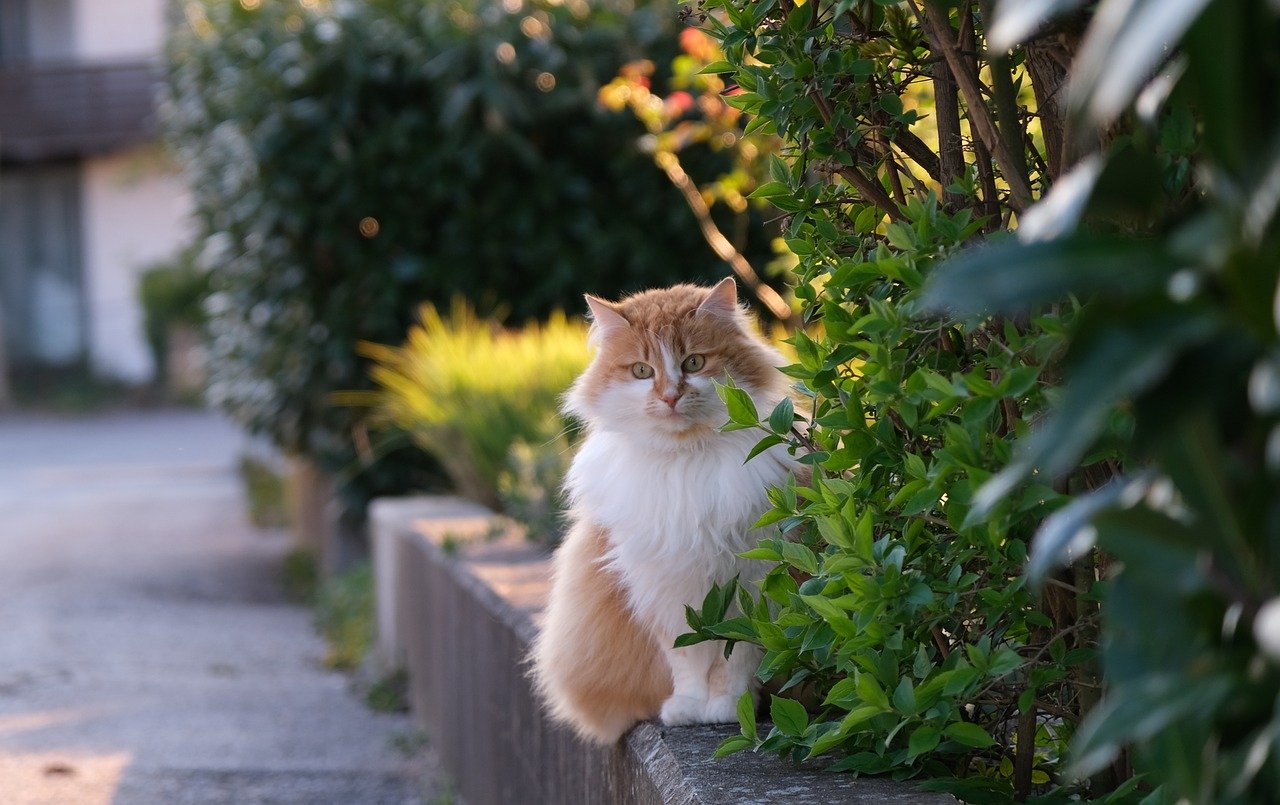
Feeding and Hydration Tips
When it comes to traveling with your cat, keeping them well-fed and hydrated is absolutely essential. Just like us, our feline friends can become irritable and uncomfortable if they don’t have their basic needs met. So, how do you ensure your kitty is munching and sipping happily during your road trip? Let’s dive into some practical tips!
First off, it's important to establish a feeding schedule that aligns with your travel plans. Cats thrive on routine, and sudden changes can lead to anxiety and upset stomachs. If you know you'll be on the road during their usual mealtime, consider feeding them a light meal a few hours before you hit the road. This way, they won’t be too hungry or too full while you're navigating the highways. If you're traveling for an extended period, you might want to bring along their regular food to maintain consistency.
When packing food, opt for easy-to-serve options. Individual portion packs or resealable containers can make mealtime a breeze. If your cat enjoys wet food, consider bringing a few cans along, but don’t forget a can opener! And if your cat is more of a dry food enthusiast, keep a travel-sized container handy. Just remember to pack a dish for serving their meals, as eating straight from the container can be a bit messy!
Now, let’s talk about hydration. Cats can be notoriously picky about drinking water, especially in unfamiliar environments. To encourage your cat to stay hydrated during the trip, try these tips:
- Bring along a portable water bowl that’s easy to set up and clean.
- Consider using a water bottle with a dispenser, similar to those used for small animals, to make it easier for your cat to drink.
- If your cat loves ice cubes, pack a few in a cooler to keep their water cool and enticing.
Another great trick is to offer ice chips instead of water, especially if your cat is resistant to drinking while in the car. The coolness can be refreshing, and many cats find it more appealing than plain water. Remember to offer them water regularly, especially during breaks, to keep them refreshed and happy.
As you travel, keep an eye on your cat’s behavior. If they seem lethargic or disinterested in food and water, it might be a sign of stress or an upset stomach. In such cases, it’s best to consult your veterinarian for advice. They might recommend a special diet or calming treats that can help ease your cat’s travel anxiety.
To sum it up, ensuring your cat is well-fed and hydrated during your travels is crucial for a smooth journey. By sticking to a routine, bringing familiar food and water options, and being attentive to their needs, you can help make the car ride enjoyable for both you and your furry companion. After all, a happy cat means a happy trip!
Q: Should I feed my cat before a long car ride?
A: It’s generally best to feed your cat a light meal a few hours before the trip to avoid motion sickness.
Q: How often should I offer water during the trip?
A: Offer water every couple of hours or during breaks to keep your cat hydrated.
Q: What should I do if my cat refuses to eat or drink during the trip?
A: If your cat is showing signs of stress, try offering ice chips or consult your vet for advice on calming products.

Taking Breaks During Long Journeys
When embarking on a long car journey with your furry companion, it's crucial to remember that cats, much like us, need to stretch their legs and take breaks. Imagine being confined to a small space for hours on end; it can be uncomfortable and stressful, right? That's exactly how your cat feels! Regular breaks not only help alleviate any pent-up energy but also provide a chance for your cat to relieve themselves and explore their surroundings a bit.
So, how often should you plan these breaks? A good rule of thumb is to stop every two to three hours. This allows your cat to get some fresh air, which can be a refreshing change from the car's enclosed environment. During these stops, you can also take a moment to check on their water supply and ensure they’re feeling comfortable. Think of these breaks as mini-adventures for your cat, a chance to sniff new scents and enjoy a little freedom.
Here are some tips for making the most of your breaks:
- Choose Safe Locations: Always look for safe, quiet areas where your cat can explore without the risk of running off or encountering other animals. Rest stops or picnic areas can be ideal.
- Keep the Carrier Handy: When you stop, keep your cat in their carrier until you’re sure it’s safe for them to roam. This helps prevent any dash for freedom when you open the car door!
- Bring a Leash: If your cat is comfortable with it, consider using a harness and leash to give them a little more freedom while still keeping them safe.
- Monitor Their Behavior: Pay attention to how your cat reacts during breaks. If they seem anxious or overwhelmed, it might be best to keep the breaks shorter or find quieter places to stop.
Additionally, it's wise to keep a travel checklist to ensure you don't forget anything important during these breaks. For instance, you might want to pack:
| Item | Purpose |
|---|---|
| Water Bowl | To keep your cat hydrated |
| Food | Snacks to keep their energy up |
| Leash and Harness | For safe exploration |
| Familiar Blanket or Toy | To provide comfort during breaks |
In summary, taking regular breaks during long journeys is essential for your cat's well-being. It’s not just about getting from point A to point B; it’s about making the journey enjoyable and comfortable for both of you. By planning these stops thoughtfully, you can transform a tedious road trip into an adventure filled with little moments of joy. So, buckle up and hit the road—your cat is waiting to explore!
1. How often should I take breaks during a long car trip with my cat?
It's recommended to take breaks every two to three hours to allow your cat to stretch, relieve themselves, and explore.
2. Should I let my cat out of the carrier during breaks?
Only if it's safe to do so. Keep your cat in their carrier until you are sure the area is secure and quiet.
3. What should I bring for my cat during breaks?
Make sure to pack a water bowl, snacks, a leash and harness, and a familiar blanket or toy to help keep your cat comfortable.
4. How can I tell if my cat is stressed during travel?
Signs of stress in cats can include excessive meowing, hiding, panting, or trying to escape the carrier. If you notice these signs, it may be best to take more frequent breaks.

Safety Precautions in the Car
When it comes to traveling with your furry companion, safety should always be at the forefront of your mind. Just like you wouldn’t drive without wearing a seatbelt, your cat deserves the same level of protection. First and foremost, using a sturdy and secure cat carrier is essential. This not only keeps your cat safe during sudden stops or accidents but also provides them with a familiar space that can help reduce anxiety. Make sure the carrier is well-ventilated and large enough for your cat to stand, turn around, and lie down comfortably.
Another important precaution is to ensure that your cat is secured in the vehicle. Never allow your cat to roam freely in the car while you’re driving, as this can be incredibly distracting and dangerous. If you need to stop suddenly, a loose cat could become a projectile, risking injury to themselves and others in the vehicle. Instead, place the carrier in a secure spot, ideally on the back seat, and use a seatbelt or other restraints to keep it from sliding around. Some carriers even come with built-in seatbelt straps for added security.
Temperature control is another critical aspect of safety. Cats are sensitive to extreme temperatures, so make sure the car is at a comfortable climate. Never leave your cat unattended in a parked car, especially on hot days, as this can lead to heatstroke in just a few minutes. If you need to make a quick stop, consider bringing your cat along or ensuring that the air conditioning is running if you must leave them for a short period.
Additionally, it’s wise to keep a first aid kit specifically for your cat in the car. This kit should include items like bandages, antiseptic wipes, and any medications your cat may need. Having these supplies on hand can make a significant difference in case of an emergency. If your cat has a history of anxiety or motion sickness, consult your veterinarian beforehand. They may recommend calming medications or natural remedies that can help your cat feel more at ease during the trip.
Finally, always be prepared for the unexpected. Cats can be unpredictable, so it’s crucial to have a plan in place. For instance, if your cat is prone to escaping, consider using a harness and leash when you take breaks. This way, you can let them stretch their legs while still keeping them secure. By taking these precautions, you can ensure a safer and more enjoyable journey for both you and your feline friend.
Q: Should I let my cat roam free in the car?
A: No, it's important to keep your cat secure in a carrier to prevent distractions and ensure their safety.
Q: How can I keep my cat calm during the drive?
A: Use familiar blankets or toys in the carrier, and consider using calming products recommended by your vet.
Q: What should I do if my cat gets sick in the car?
A: If your cat shows signs of motion sickness, stop the car, allow them to rest, and consult your vet for advice on managing it.
Q: Is it safe to travel with a cat in extreme temperatures?
A: No, you should avoid traveling in extreme heat or cold, and never leave your cat unattended in a parked car.
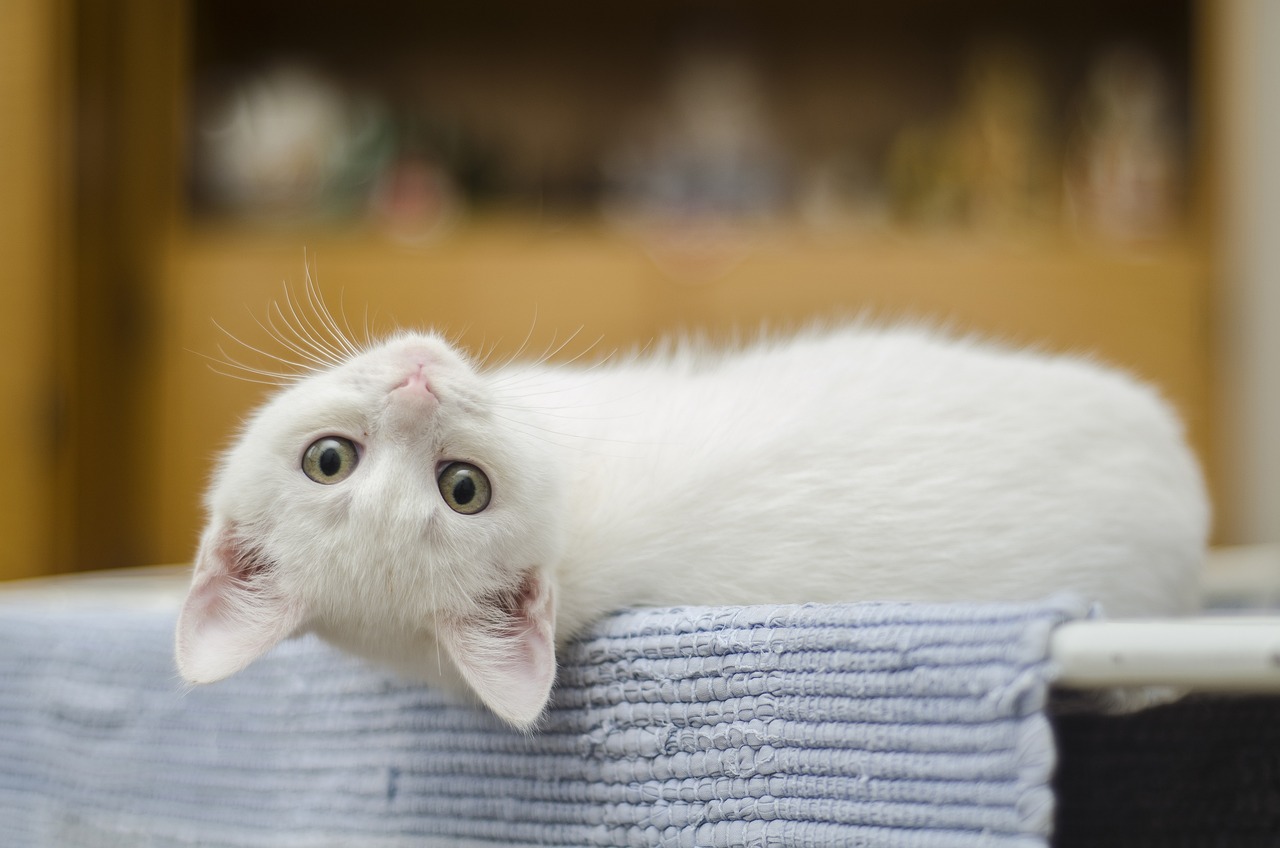
Dealing with Car Sickness
Traveling with your cat can be an exhilarating experience, but for some feline friends, the journey may come with a side of nausea. Just like humans, cats can suffer from motion sickness, which can turn an exciting road trip into a stressful ordeal. So, how do you tackle this issue? First, it’s essential to recognize the signs of car sickness in your furry companion. Common symptoms include drooling, vomiting, and excessive meowing. If you notice your cat exhibiting these behaviors, it’s time to take action.
One effective way to help your cat cope with car sickness is to gradually acclimate them to the car environment. Start by letting your cat explore the vehicle while it’s parked. Allow them to sniff around, and even sit in the carrier inside the car for short periods. This can help them associate the car with positive experiences rather than just being a vehicle for travel. Gradual exposure can make a world of difference, just like introducing a new toy or food to your pet.
Another technique is to ensure your cat is comfortable during the ride. Make sure their carrier is well-ventilated and padded with familiar bedding or a favorite blanket. The scent of home can provide a sense of security and calm. Additionally, consider using calming products such as pheromone sprays or natural remedies, which can help soothe your cat's nerves. You might also want to consult your veterinarian about anti-nausea medications, especially if your cat has a history of severe motion sickness.
When it comes to feeding your cat before the trip, timing is crucial. A light meal a few hours before hitting the road can help prevent an upset stomach. However, avoid feeding them right before you leave, as this might trigger nausea. Instead, plan your feeding schedule accordingly. If you’re embarking on a long journey, you can bring along some treats or their regular food, but try to keep meals light and spaced out.
During the trip, try to maintain a smooth and steady driving style. Sudden stops and sharp turns can exacerbate your cat's discomfort. If possible, take breaks every couple of hours to allow your cat to stretch, drink water, and relieve themselves. These breaks can also help you monitor their condition and provide them with a chance to calm down.
In summary, dealing with car sickness in cats requires a blend of preparation, comfort, and care. By recognizing the signs, creating a positive car environment, and managing their feeding schedule, you can help ensure that your cat has a more enjoyable travel experience. Remember, a little patience goes a long way, and your furry friend will appreciate your efforts in making the journey as pleasant as possible.
- What are the signs of car sickness in cats? Look for symptoms such as drooling, vomiting, and excessive meowing.
- How can I help my cat get used to the car? Gradually expose your cat to the car while it’s parked, allowing them to explore and get comfortable.
- Should I feed my cat before a long trip? It's best to give them a light meal a few hours before traveling to avoid nausea.
- Can I use medication for my cat's motion sickness? Consult your veterinarian for recommendations on anti-nausea medications.
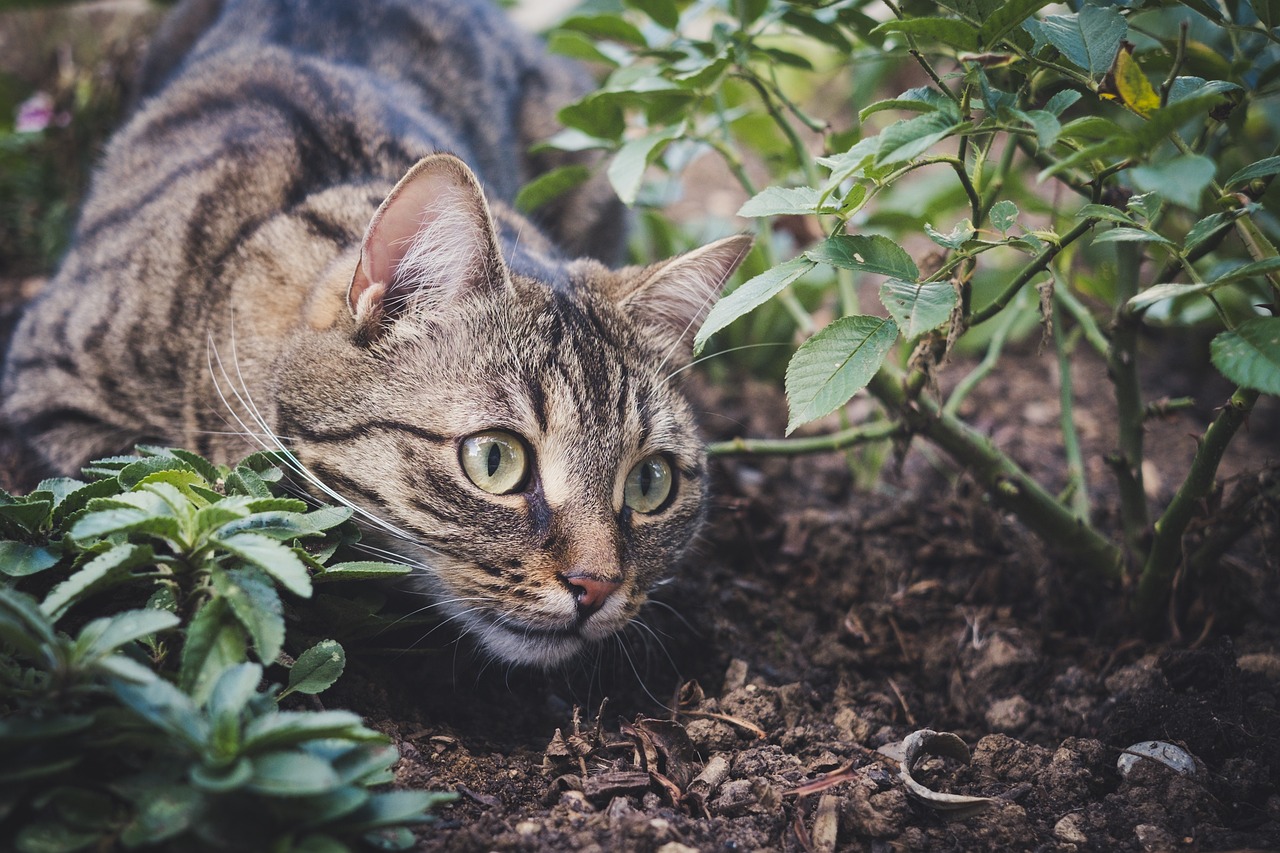
Post-Travel Care for Your Cat
After a long journey, your cat may feel a bit disoriented and stressed. Just like us, they need some time to recover from the adventure. First and foremost, give them a comfortable space to settle in. This could be their favorite blanket or a cozy spot near a window where they can watch the world go by. It's essential to allow them to explore their surroundings at their own pace, so don't rush them back into their usual routine. Remember, patience is key!
Once you’re home, it’s a good idea to check your cat for any signs of stress or discomfort. Look for symptoms such as excessive grooming, hiding, or changes in eating habits. If you notice anything unusual, consider consulting your veterinarian. They can provide guidance and, if necessary, recommend calming products to help your furry friend adjust back to home life.
During this adjustment period, keeping your cat's environment familiar can be incredibly beneficial. If you brought along any toys or bedding from home during your trip, now is the time to introduce them. Familiar scents can provide comfort and help your cat feel secure in their space. Additionally, maintaining a consistent feeding schedule can help re-establish their routine, which is crucial for their overall well-being.
Another important aspect of post-travel care is ensuring your cat stays hydrated. After a long car ride, they might not drink as much water as they need. Consider offering fresh water in a clean bowl or even a pet water fountain, which can encourage them to drink more. If your cat seems hesitant, try offering some wet food as an alternative hydration source.
Lastly, don’t forget to give your cat extra love and attention during this transition. Spend some quality time playing with them or simply sitting quietly together. This can help reinforce your bond and make them feel safe. Just like humans, cats appreciate a little TLC after a stressful experience.
- How long does it take for a cat to adjust after travel? Every cat is different, but most may take a few hours to a couple of days to fully adjust back to their routine.
- What signs indicate my cat is stressed after travel? Look out for behaviors such as hiding, excessive grooming, or changes in appetite.
- Should I consult a vet if my cat seems overly stressed? Yes, if your cat shows persistent signs of stress or discomfort, it's a good idea to seek veterinary advice.
- Can I use calming products for my cat after travel? Absolutely! There are various calming sprays and diffusers available that can help soothe your cat.
Frequently Asked Questions
- How can I prepare my cat for a long car journey?
To prepare your cat for a long car journey, start by getting them accustomed to the car environment. Take short trips around the block, gradually increasing the duration. Make the carrier a cozy space by adding familiar blankets or toys, and always use a secure, well-ventilated carrier.
- What type of carrier is best for traveling with my cat?
The best carrier for your cat should be sturdy, well-ventilated, and spacious enough for them to stand, turn around, and lie down comfortably. Look for carriers with safety features, such as secure latches and a comfortable bottom. Soft-sided carriers are often easier to transport and fit in smaller spaces.
- What essential items should I pack for my cat during travel?
When traveling with your cat, pack essential items like food and water bowls, enough food for the trip, treats, a leash and harness, litter and a portable litter box, and any medications your cat might need. Don’t forget to bring their favorite toys or blankets for comfort!
- How can I help my cat manage anxiety during the trip?
To help manage your cat's anxiety, consider using calming products like pheromone sprays or anxiety wraps. Bring along familiar items, such as their favorite blanket or toy, to provide comfort. Additionally, play soothing music or talk to them gently during the trip to help keep them calm.
- What feeding and hydration tips should I follow while on the road?
Keep your cat well-fed and hydrated by sticking to their regular feeding schedule as much as possible. Offer small meals and plenty of fresh water during breaks. Use spill-proof bowls and consider bringing a water bottle designed for pets to make hydration easier.
- How often should I take breaks during a long car journey?
It’s important to take breaks every 2 to 3 hours during long journeys. This gives your cat a chance to stretch, use the litter box, and get some fresh air. Plan your breaks at safe, pet-friendly rest areas where your cat can safely explore.
- What safety precautions should I take while driving with my cat?
Always secure your cat in their carrier while the car is in motion to prevent distractions. Never let your cat roam freely in the vehicle, as this can be dangerous. Additionally, avoid leaving your cat alone in a parked car, especially in extreme temperatures.
- What should I do if my cat gets car sick?
If your cat experiences motion sickness, try to keep the car well-ventilated and avoid feeding them a large meal right before the trip. You can also talk to your veterinarian about anti-nausea medications that may help ease their symptoms.
- How can I help my cat adjust after returning home from travel?
After your trip, give your cat some extra attention and time to adjust. Set up their familiar items in a quiet space and allow them to explore at their own pace. Maintain their regular routine, including feeding and playtime, to help them feel secure and comfortable.









